I am not getting EventToCommand. My assembly is as followes
<Window x:Class="EfesBetGUI.MainWindow"
xmlns="http://schemas.microsoft.com/winfx/2006/xaml/presentation"
xmlns:x="http://schemas.microsoft.com/winfx/2006/xaml"
xmlns:vmMainWindow="clr-namespace:EfesBetGUI.ViewModel"
xmlns:DateTimeUC="clr-namespace:EfesBetGUI.View.UserControls"
xmlns:ed="http://schemas.microsoft.com/expression/2010/drawing"
xmlns:i="clr-namespace:System.Windows.Interactivity;assembly=System.Windows.Interactivity"
xmlns:ei="clr-namespace:Microsoft.Expression.Interactivity.Core;assembly=Microsoft.Expression.Interactions"
xmlns:cmd="clr-namespace:GalaSoft.MvvmLight;assembly=GalaSoft.MvvmLight.WPF4"
xmlns:mvvmgalasoftCommand="clr-namespace:GalaSoft.MvvmLight.Command;assembly=GalaSoft.MvvmLight.WPF4"
xmlns:LightCmd="http://www.galasoft.ch/mvvmlight"
xmlns:util="clr-namespace:EfesBetGUI.Util"
Title="MainWindow" >
but inspite of that also I am not getting EventToCommand .I would like to mention Iam using framework 4.0 and visual studio 12. Any help is welcome.Thanking you,
